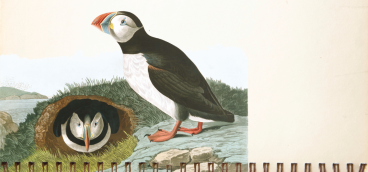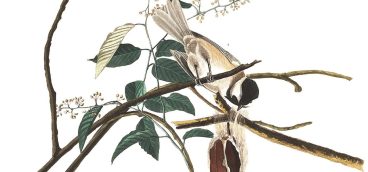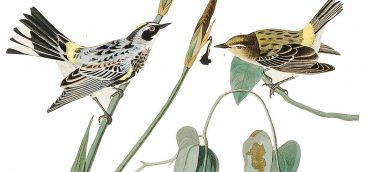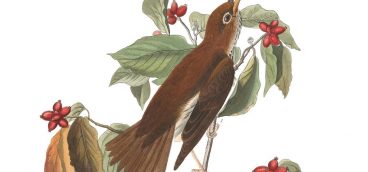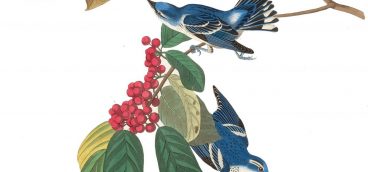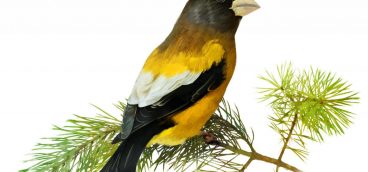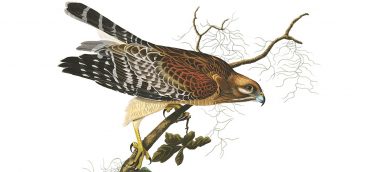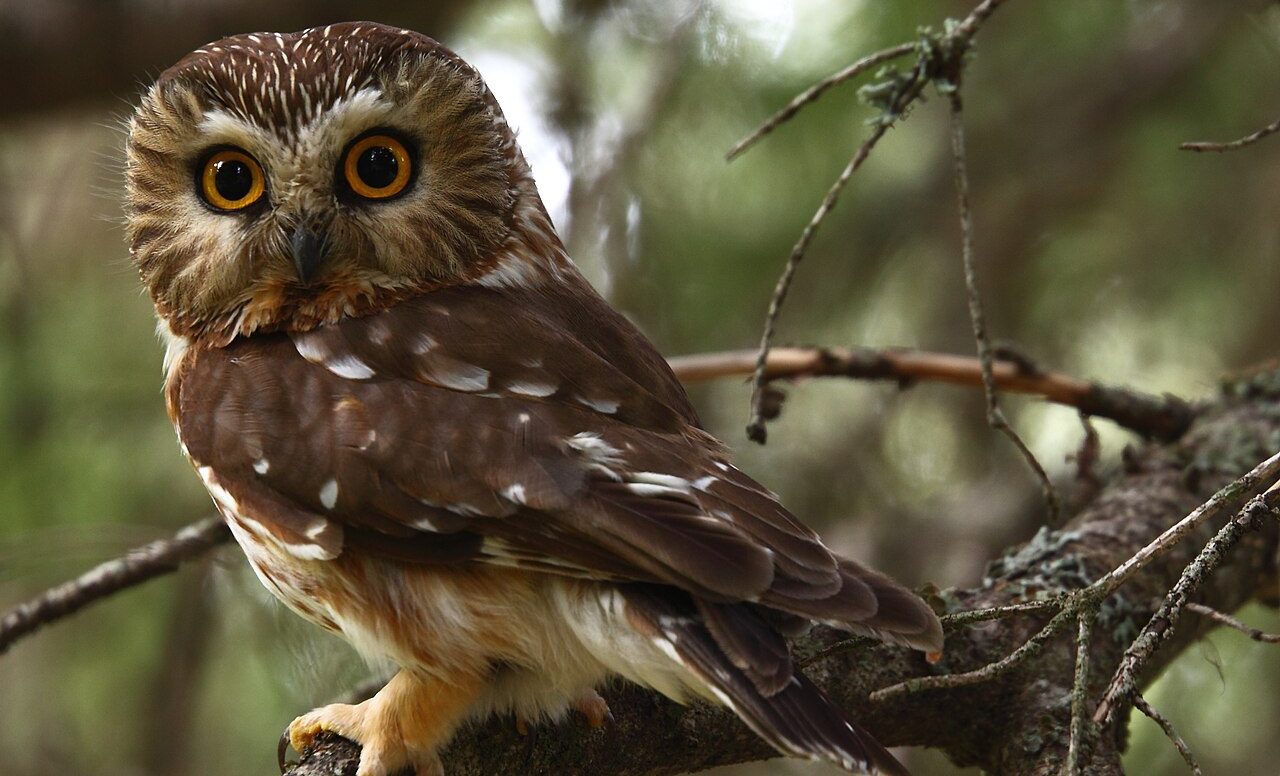
You might remember an owl on a Pennsylvania license plate from the 1990s. It was one of those plates for which you pay a little extra to support conservation efforts, featuring an owl with bright yellow eyes, an intense little bird with a bit of a scowl that said, “Who are you looking at?” This was the Northern saw-whet owl — brown, gray and white, whose image on the plate was about life-sized, seven or eight inches tall. Most license plates weigh about three to six ounces, coincidentally the weight of this tiny bird of prey.
How did the saw-whet end up on car bumpers? Data from the previous decade indicated that this diminutive raptor was a Pennsylvania species of concern. Their numbers seemed low, and scientists wondered about the status of the population. Ornithologists soon developed ways to better assess the number of saw-whets, which take their name from the loud, repetitive calls of the birds, notes that sound like a sawtooth against a whetstone. Driving “toot routes” to elicit a response from roosting individuals, diligent research revealed that the birds were far more populous than thought. Preferring high-elevation, moist forests for breeding and hunting, these nocturnal predators, whose toots can carry for half a mile, but who are otherwise quieter than the mice they feast on, were found to be rather common. The license plate was retired, and the species was delisted from the watch rolls, a scientific success story.
By that time, I had met Bob Mulvihill, a Squirrel Hill native. If birders start by watching, ornithologists begin with questions. Bob is definitely an ornithologist. He holds that title at the National Aviary on the North Side, and for the 20-plus years I’ve known him, I’ve always been impressed by the questions he asks.
Bob wondered about saw-whets in the city. More specifically, he asked himself if Northern saw-whets stick to high elevations in migration, avoiding bright urban areas. Could we ever see them right in Pittsburgh?
To answer the question, Bob designed an experiment. On a fall evening in 2013 in Sewickley Heights Park, he set up an audio lure, repetitively playing the owl’s call, trying to draw it into fine mist nests used to harmlessly capture a specimen. Toots echoing, Bob would wait in the dark, hoping for a bird. He did this for 11 consecutive nights, sunset to midnight. No owls.
Then on the 12th night, he caught one. Over a decade and 280 owls later, Bob has his answer. Saw-whets, owls small enough to fit in your hand, regularly fly around, through, and over the Steel City as they migrate out of Canada’s boreal forests and along Appalachian ridges. In the fall of 2022 alone, for instance, 60 of these stealthy hunters were banded by Bob and his volunteers. Owl numbers rise and fall in two-year cycles, so 2024 augers to be an abundant season.
Bob welcomes observers to join him. Check out Project Owlnet at https://www.aviary.org/conservation/community-science/project-owlnet/
Email your avian encounters, photos, or questions to PQonthewing@gmail.com.


